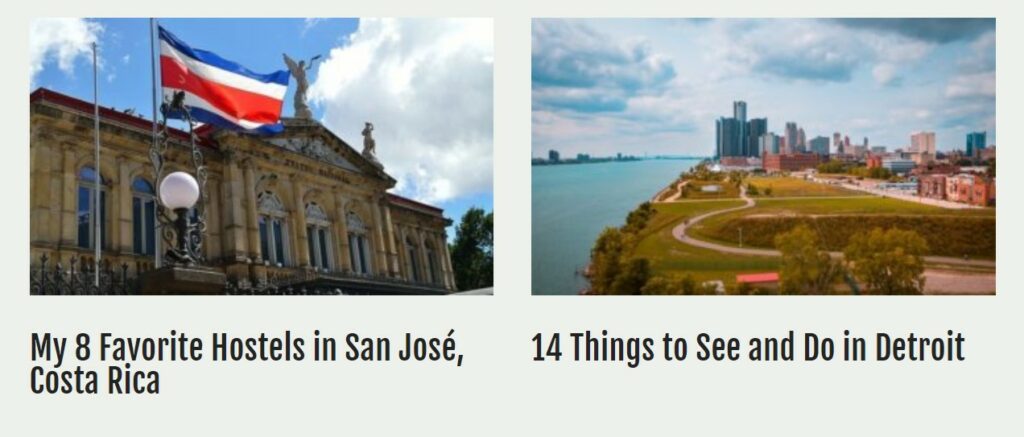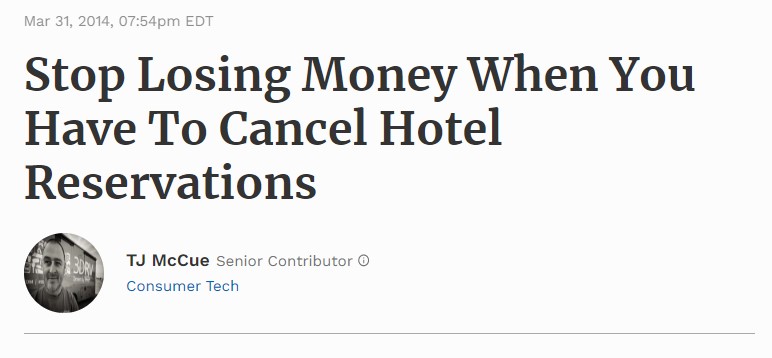How to Find Ideas for Catchy Blog Titles
Blog titles are what your readers see in the search engine results, and what gets them to click and read the rest. That is why the overall success of your article or blog depends a lot on your title’s attractiveness. In this blog post, we have collected some great tips on how to title blog posts. If you are also interested in blog writing, check our post on how to create high-quality content.
Research Competitors
The first step is to get down to investigating what your competitors have. Learn what titles already exist on the same topic and assess their strong and weak points. Your title must win over the others and be unique, so analyzing the existing content will help you stay original.
Collect Titles That You Like
You encounter various titles on a daily basis—in the news, on billboards, in books — practice focusing your attention on those. When you analyze your reactions and response to different titles, you understand what mechanics work best. Collect the headlines that you really like when surfing the internet, such a compilation may inspire you to create eye-catching titles for your own blog posts.
Research Keywords
Keyword research is a great instrument that helps you find out what your audience is looking for and what terminology they are using. Adding keywords to your titles will greatly improve the site ranking as well as the CTR.
Prepare Multiple Titles for Each Post
It is recommended that you dedicate enough time to creating a title just like you do when preparing the content. Create several titles for the post that you plan to publish using different techniques and choose the one that seems to be the best.
Such brainstorming will let out your creativity and help you find the most appealing title ideas. You may even share them with your friends or colleagues and see what reactions they provoke.
Don’t Be Vague
Even though it seems that a vague title may interest more people to look at what stands behind it, the effect is usually the opposite. A specific blog title helps users better understand what is inside of an article so they can be sure they’ll find the answer when clicking on your post.
Keep It Short
According to the folks at Outbrain, short titles have a 21% higher CTR than titles of an average length. If you want your post to rank high on Google, try reducing its title to 70 characters so it does not get cut off. Also, headlines up to 8-14 words tend to get more shares.
Blog Post Titles: Best Practices
In the next section of this blog, we give some examples of blog post title best practices and how to write catchy blog post titles. Using one or several tips can help you find your own methods on how to title an article.
Titles With Numbers
Such headlines attract readers for a number of reasons. First, they usually present well-structured content that will be easy to read or skim if the user doesn’t have much time. Then, such headlines promise specific information that contains no ambiguity, for example, ten tips on how to earn online, and readers can be sure they’ll get it when clicking on the post.
If your audience is mostly amateurs, use numbers up to 10, but for readers with professional expertise provide more detailed information.

Examples:
- “10 best practices to earn online”
- “27 steps that will help you broaden your audience”
- “Use these 5 strategies to boost your blog revenue”
How-to Titles
Titles of this type promise readers to give a solution or an instruction in response to their question. Moreover, they match users’ queries on search engines, so it’ll be easier to get to the first page of search results. Why not leverage such powerful headlines in your writing?

Examples:
- “How to grow your audience: The only guide you need”
- “Find the right niche: A step-by-step guide”
- “How to write a catchy blog post title”
Promising Titles
If written properly, promising titles will make your post look very attractive without deceiving customers. To write such a title, try to show how your post differs from others and highlight this advantage.

Examples:
- “20 things no one will tell you about affiliate marketing”
- “Unique examples of effective travel blogs”
- “Out-of-the-box marketing ideas no one has shared before”
Negative Titles
Negative titles are also a great way to generate clicks. They can create a fear of failure and encourage readers to avoid mistakes by learning from someone else’s experience. These titles generally consist of two parts: a potential failure point and a solution.

Examples:
- “Low click-through-rate: Here’s why and how to make it higher”
- “Stop losing profit: Here’s how you can monetize your blog”
- “No sales growth? Here’s an answer”
Outside-Of-The-Box Titles
Sometimes surprise is what provokes interest. If your title combines incompatible statements, it may as well get your reader click and go through the article. Such titles hit their target with a promise to let them know what stands behind.
Examples:
- “More visitors–less profit”
- “Using ineffective marketing techniques effectively”
- “No need for 401k with these travel blog ideas”
Scarcity Titles
No one likes missing out on something valuable, and that is why scarcity titles nail it. These headlines create an impression of a short supply, which is a great marketing tactic to draw attention. People who don’t want to be left out will be likely to click on your post.
Examples:
- “Secrets only affluent travel bloggers know”
- “Little-known tips for affiliate marketers”
- “Rare examples of secret and profitable travel niches”
- “There’s only a little time left to become a blogger this year”
- “Be among the first to try this earning opportunity”
First-Person Titles
Using first-person pronouns in titles is a great strategy to build trust with readers. Such headlines help the writer show how valuable their blog post is by adding a personal touch. Readers will be likely to appreciate the tips that the writer finds useful themselves.
Examples:
- “The advice I needed to start blogging”
- “What I need to do to monetize my website”
- “The most useful travel blog instruments that I better start using right now”
Celebrity Titles
This type of headlines borrows on the popularity of a well-known person or their business. It produces a sense of trust to the content thanks to an obvious real-life example.
Examples:
- “What Mark Zuckerberg’s success can teach us all”
- “Lessons I learned from following Elon Musk”
- “What Steve Jobs proved to us”
Question Titles
Another way to spark your readers` interest is to ask them a question. Question titles get your audience involved, because people want to get the answer — especially to a provocative question.

Examples:
- “What instruments do marketers consider the most cost-effective?”
- “When is the right time to become an affiliate marketer?”
- “How can you tackle the travel market?”
Comparison Titles
VS titles compare several items, thoughts, or ideas. They usually get a lot of clicks because people consider comparison useful and pointed.
Examples:
- “Online marketing VS Offline marketing”
- “Monetize VS Not to monetize”
- “Traditional VS Tailor-made marketing instruments”
Straightforward vs Creative Article Titles
When thinking about how to create a blog title, you might find yourself torn between choosing a straightforward headline such as “How to write a blog post title,” or a more creative one like, “This is the only kind of headline you should use.”
Surprising as it may seem, straightforward titles may generate a higher conversion rate. They work as a perfect eye catcher and engage readers more because of perfectly correlating to a search query or user’s question. Moreover, it is rare that we are ready to spend any time figuring out the meaning of the title. What if the whole article is just as complicated?
On the other hand, creative titles help attract attention and stand out from the rest of the content with an artistic touch.
How to Write a Catchy Blog Post Title
Blog post titles can often affect your post’s overall success. So, spending enough time and effort on creating a decent headline is no less important than writing a post itself. Try to use different techniques and come up with a few title options for each post. Thus, you’ll soon be able to create eye-catching blog post titles that readers can’t ignore.




